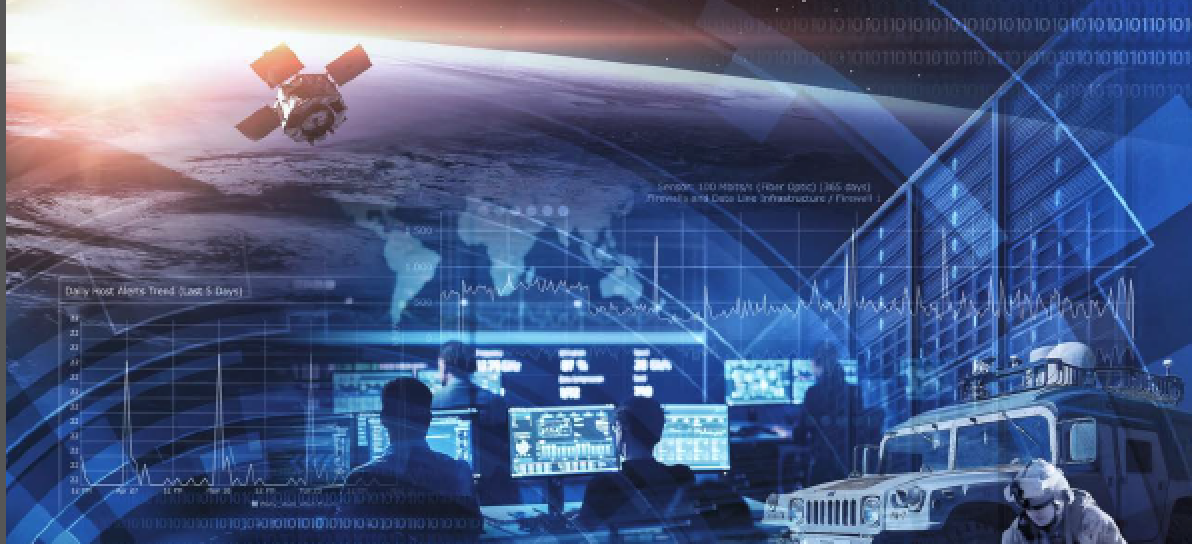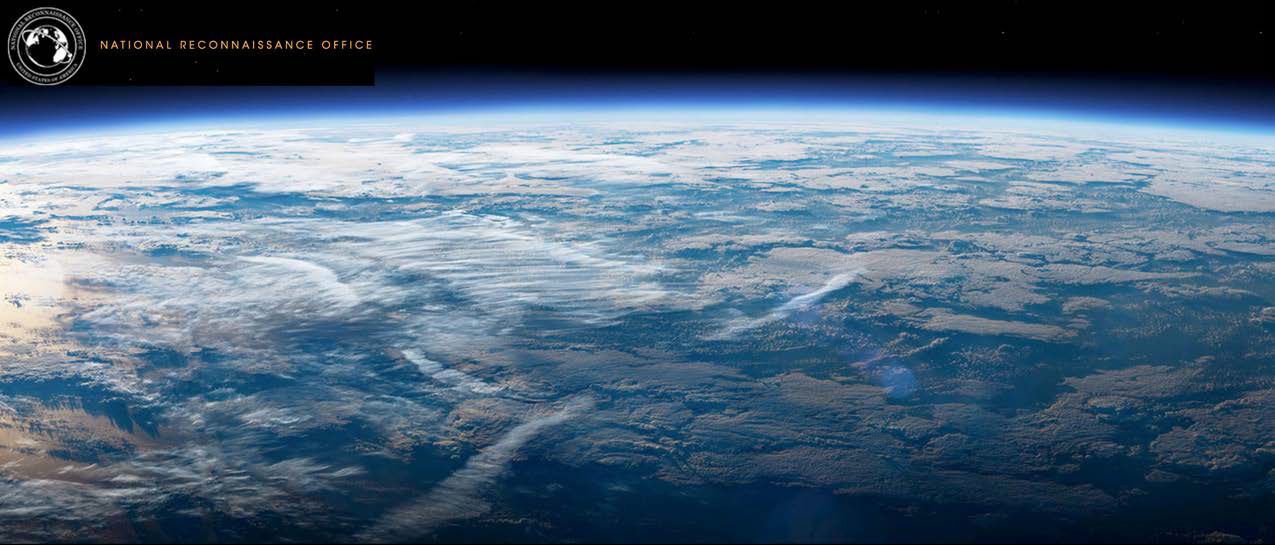NRO, industry unite for space-based intelligence architecture
The adversarial threats posed to the United States on-orbit are greater now than they have ever been in the nation’s history. Simply put, the jobs of military and Intelligence Community leaders are getting far more difficult to accomplish.

That was the sentiment expressed by the Deputy Director of the National Reconnaissance Office (NRO), Major General Christopher Povak, at a recent Schriever Spacepower Forum.
In his comments during the event, Gen. Povak explained that the decades-long era of the U.S. being the undisputed leader in space technology, “…is no longer the case.”
Global superpowers such as Russia and China are closing the technology gap between themselves as well as the current capability set the U.S. employs. While near-peer adversaries continue to heavily invest funds and manpower to the development of capable military space systems, they are also demonstrating aggressive actions in space that could pose real threats to U.S. systems.
“Today, several nations…are actively developing ground and space-based weapons specifically designed to interfere with or destroy our systems in space,” said Gen. Povak. “These counter-space capabilities include missiles and weapons systems designed to deliver direct energy, electronic warfare, and cyber attack defense – all of which threaten our ability to freely access and operate in space.”
With adversaries growing and fielding their arsenal of anti-satellite capabilities, and developing space-enabled lethal weapons systems, Gen. Povak admits that they are, “…gaining on our technology advantage at a rapid pace.”
However, Gen. Povak assured the forum audience that the National Reconnaissance Office (NRO) remains the world leader in developing and operating space intelligence capabilities and that the agency is prepared to stay abreast of the threat and will also ensure U.S. dominance in the space domain.

NRO + Space Defense
According to Gen. Povak, the NRO is responsible for the research and development, acquisition, launch, integration, and operation of the nation’s vast constellation of space-based intelligence, surveillance, and reconnaissance (ISR) capabilities.
“As a defense agency and an element of the Intelligence Community, the NRO collects intelligence and information to support national level and Department of Defense missions,” Maj. Povak explained. “Overall, NRO’s mission is to work with our partners to gain and maintain the nation’s intelligence advantage during peacetime and throughout periods of crisis and conflict around the world.”
As part of its response to the rapid growth of adversarial capability and presence in the space domain, Gen. Povak said that the NRO is advancing U.S. space-based capabilities through the employment of cutting-edge technologies that provide real-time, situational awareness and intelligence to analysts, policymakers and warfighters faster than ever previously possible.
According to the general, a critical component of these situational awareness and intelligence chains are the commercial partners in the satellite and space industries.

Bringing The NRO + Industry Together
Gen. Povak views commercial satellite data as an especially critical source for situational awareness and intelligence, due to its unclassified and shareable nature. He considers the partnership between industry and the NRO as a valuable tool to continue to rely upon, and highlighted the benefits derived from a modern, hybrid intelligence architecture — pointing to the role commercial satellite imagery played in intelligence gathering throughout the early moments of the Russia-Ukraine conflict.
“Fortunately, the NRO is already building the largest and most capable, diverse and resilient overhead constellation in our history,” said Gen. Povak. “Within the next decade, NRO expects to quadruple the number of satellites we currently have on-orbit, with different sizes and different orbits for commercial and national.”
He explained these satellites will deliver more than 10 times as many signals and images than are being collected today.
“The proliferation and diversification of our architecture will provide increased coverage, greater capacity and resilience, and more timely delivery of data,” he said. “Such improvements will increase the competence and the relevance of NRO capabilities, which are already the world’s standard of excellence for space-based ISR.”
Industry has been hard at work in assisting the NRO in the agency’s mission of maintaining space-based ISR dominance. According to Gen. Povak, the commercial marketplace for ISR capabilities has significantly grown over the past decade, and the NRO has led contracting efforts with both traditional and new commercial ISR providers.
“Now, we have an array of a community of industry partners that are working hard to get some of these commercially-available products into our architecture,” Gen. Povak explained. “I think the benefits of commercial is not them on their own; it’s how they’re integrated with our infrastructure.”
Gen. Povak noted that space will always continue to be a battleground of constant competition for information advantage, but that the NRO will ensure that the U.S. will maintain its dominance in the domain.
“Today, the NRO’s space-based ISR capabilities are without a doubt the best in the world,” he said. “However, in an era of growing competition, our imperative is to develop the technologies, tools, capabilities, and space-minded expertise to stay that way.”
Select this link to view the video to hear more about how the NRO is uniting with industry partners to create its hybrid intelligence architecture and also learn about the capabilities of SES Space & Defense.

David Pesgraves
This article was first published on GovSat and is republished with permission of GovSat and SES Space & Defense.
Author David Pesgraves is a Staff Writer for GovSat Report, in addition to several other online publications dedicated to defense, military, and federal government agency technologies.


